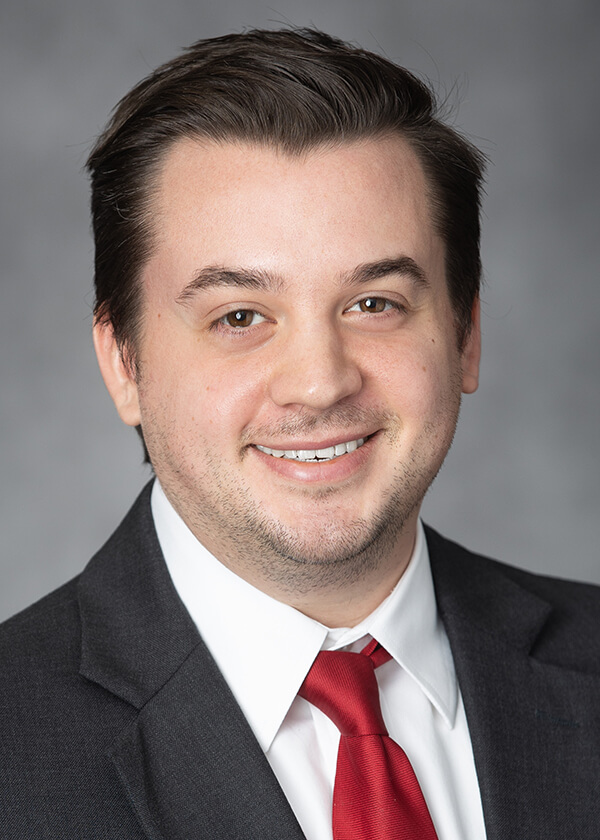SECURE Act 2.0 – What You Need to Know
November 29, 2022 | Authored by Justin S. Renaud CPA
In March 2022, the U.S. House of Representatives approved the Securing a Strong Retirement Act. This legislation, which is pending approval by the Senate for which a vote is expected by the end of the calendar year, has been dubbed “SECURE Act 2.0.” The bill expands upon 2019’s SECURE Act and aims to improve retirement savings opportunities for employees. If approved, the bill will introduce the following key provisions:
- Mandate automatic enrollment/escalation – While the number of 401(k) plans with these provisions continues to increase, the SECURE Act 2.0 would require employers that establish defined contribution plans after 2021 to require automatic enrollment for eligible employees at a 3% pre-tax deferral rate (unless directed otherwise by the participant). This rate would be required to increase annually by 1%, up to at least 10% but not more than 15% of an employee’s pay. Exceptions to this requirement would be provided for small or new businesses, as defined, church plans and governmental plans.
- Enhance amount and form of catch-up contributions – Under current law, catch-up contributions can be made, upon affirmative election, for employees who have attained age 50. These contributions are subject to ceiling set by the Internal Revenue Service, which is typically adjusted annually for inflation, and can be made on either a pre-tax or Roth basis (depending on what is permitted by the plan sponsor). The SECURE Act 2.0 would not only increase the annual catch-up amount for participants ages 62 through 64 – beginning in 2023 – but would also require all catch-up contributions to be designated as Roth contributions.
- Permit Roth matching contributions – Plan sponsors would have the option to permit employees to elect that some or all of their matching contributions to be treated as Roth contributions. As such, these contributions would not be excludable from employees’ gross income.
- Delay mandatory distributions – The original SECURE Act, signed in December 2019, increased the age at which participants are required to begin taking distributions from their 401(k) accounts from 70.5 to 72. The SECURE Act 2.0 would build on this, further increasing this age to 73 in 2022, 74 starting in 2029, and 75 starting in 2032.
- Shorten measurement period for long-term part time employees – As previously discussed, the original SECURE Act introduced eligibility for long-term part-term employees for 401(k) plan participation. The earliest entry date for these employees based on the bill is January 1, 2025. However, the SECURE Act 2.0 would decrease the measurement period from three years to two years, implying that the earliest entry date would be January 1, 2024.
Other changes introduced by the bill include:
- Allow plan sponsors to make matching contributions based on employees’ student loan payments
- Create a national database for Americans to find lost retirement accounts
- Expand options for self-correction for participant loan errors and employee deferral failures
- Allow 403(b) retirement plans to adopt certain features of 401(k) plans
- Eliminate barriers to offering lifetime income annuities as an investment option
For more information, please contact Justin Renaud at jrenaud@dopkins.com.

About the Author
Justin S. Renaud CPA
Justin is a member of Dopkins Assurance Services Group. He helps provide management with financial information by researching and analyzing accounts and preparing financial statements.

